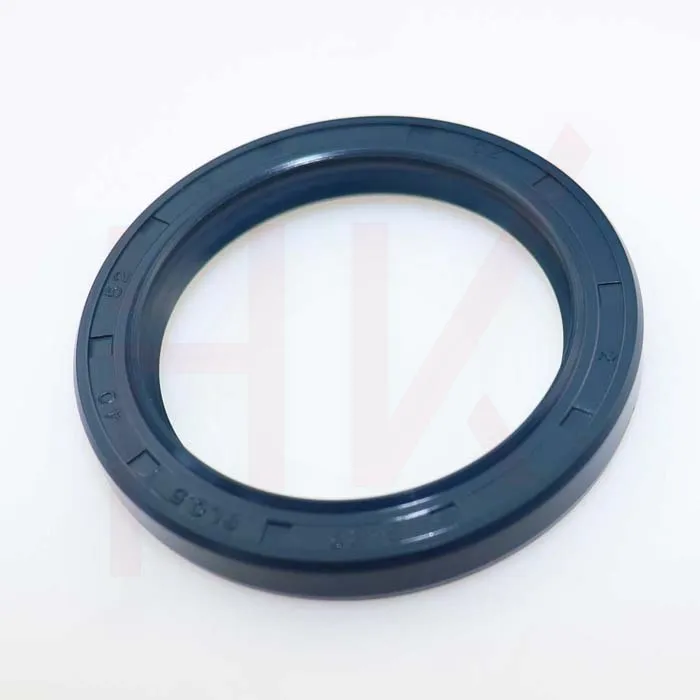Aug . 06, 2024 02:26 Back to list
Comparing Dust Seals and Oil Seals for Optimal Performance in Mechanical Systems
Dust Seal vs Oil Seal Understanding the Differences and Applications
Seals play a critical role in machinery and equipment by preventing the ingress of contaminants and retaining lubricants. Among various seal types, dust seals and oil seals are particularly important. While they both serve protective functions, their designs, applications, and materials differ significantly. Understanding these differences can help manufacturers and engineers choose the right seal for their specific needs.
What is a Dust Seal?
A dust seal, often referred to as a dirt seal or protective seal, is primarily designed to protect machinery from dust and other solid contaminants. These seals are typically made of rubber or similar elastomeric materials that provide a barrier against particles, dirt, and other abrasive substances. Dust seals are crucial in environments prone to heavy particulate presence, such as construction sites, agricultural fields, and manufacturing plants.
The design of a dust seal focuses on maximum protection while allowing for movement. It often features a lip or a series of lips that create a tight fit around the moving components, ensuring that dust cannot penetrate the internal workings of the machinery. Dust seals are mostly used in applications such as automotive wheel bearings, hydraulic cylinders, and industrial machinery.
What is an Oil Seal?
In contrast, an oil seal, also known as a shaft seal or rotary seal, is designed to retain lubricants within the machinery and prevent leakage of oil or any other fluid. Oil seals are crucial for maintaining proper lubrication in rotating and reciprocating applications. Their primary function is to create a barrier that prevents oil from escaping while minimizing the ingress of contaminants.
Unlike dust seals, oil seals typically utilize a more complex design, often featuring a spring mechanism that helps maintain the seal against the shaft, ensuring a robust hermetic seal. They are generally constructed from materials that can withstand the specific properties of the oils or lubricants, including temperature variations and chemical exposure. Oil seals are common in automotive engines, gearboxes, pumps, and other equipment where fluid retention is necessary.
dust seal vs oil seal

Key Differences Between Dust Seals and Oil Seals
1. Functionality The primary function of a dust seal is to block dust and solid particles from entering machinery, while an oil seal's primary role is to retain lubricants and prevent oil leaks.
2. Design Dust seals usually feature simpler designs focused on providing a tight fit against dust intrusion, while oil seals often incorporate springs and specific lip designs to maintain fluid retention.
3. Material Composition Both seals can be made of rubber or elastomeric materials, but oil seals may require materials with enhanced chemical resistance and durability to cope with oily and greasy environments.
4. Applications Dust seals are commonly employed in applications where solid contamination is a concern, whereas oil seals are essential in scenarios where fluid containment is critical.
Conclusion
Both dust seals and oil seals serve vital roles in the functionality and reliability of machinery. Selecting the appropriate seal type depends on the specific environmental conditions and requirements of the application. Understanding the distinctions between these seals enables engineers and technicians to better protect equipment, extend operational life, and reduce maintenance costs. In a world where machine efficiency is paramount, the right choice of seals can make a significant difference in performance and reliability.
-
Wiper Oil Seal: Our Commitment to Clean Hydraulics
NewsAug.13,2025
-
Hydraulic Oil Seal for Self Discharging Cars
NewsAug.13,2025
-
Hub Oil Seal for Agricultural Tractor Hubs
NewsAug.13,2025
-
Skeleton Oil Seal with NBR Material
NewsAug.13,2025
-
Rotary Lip Seal for High Pressure Applications
NewsAug.13,2025
-
Cylinder Seal Kits Our Legacy of Hydraulic Trust
NewsAug.13,2025
-
Unlocking the Potential of Hydraulic Systems with Essential Sealing Solutions
NewsAug.06,2025
Products categories
















